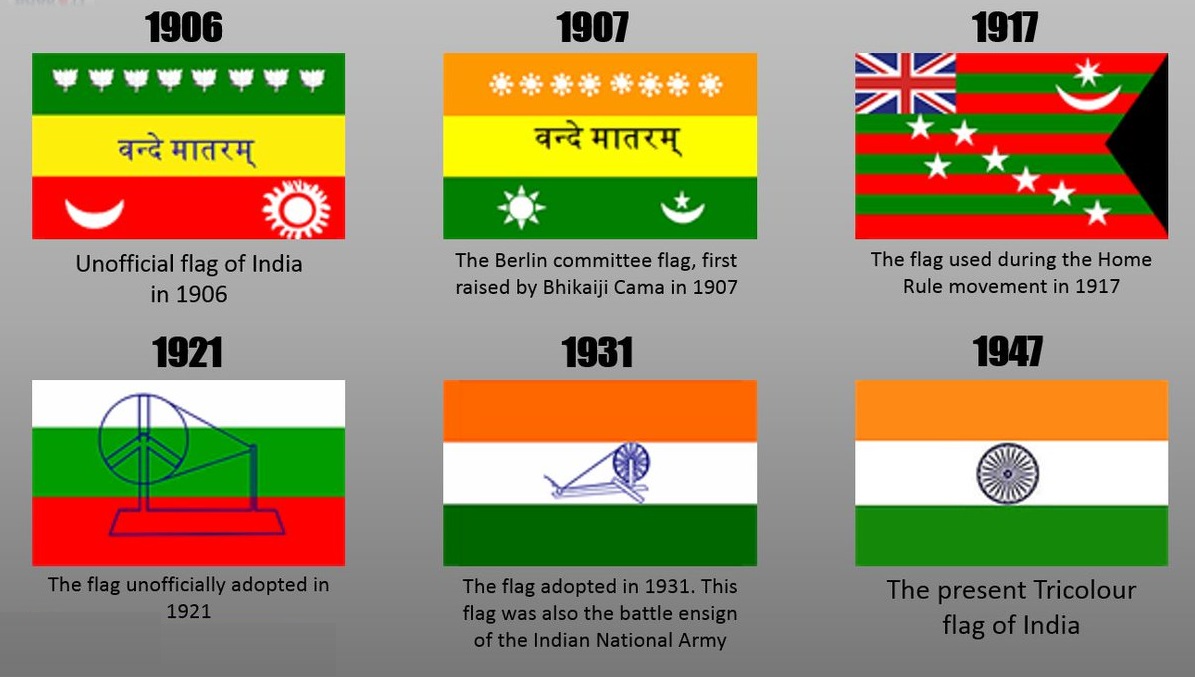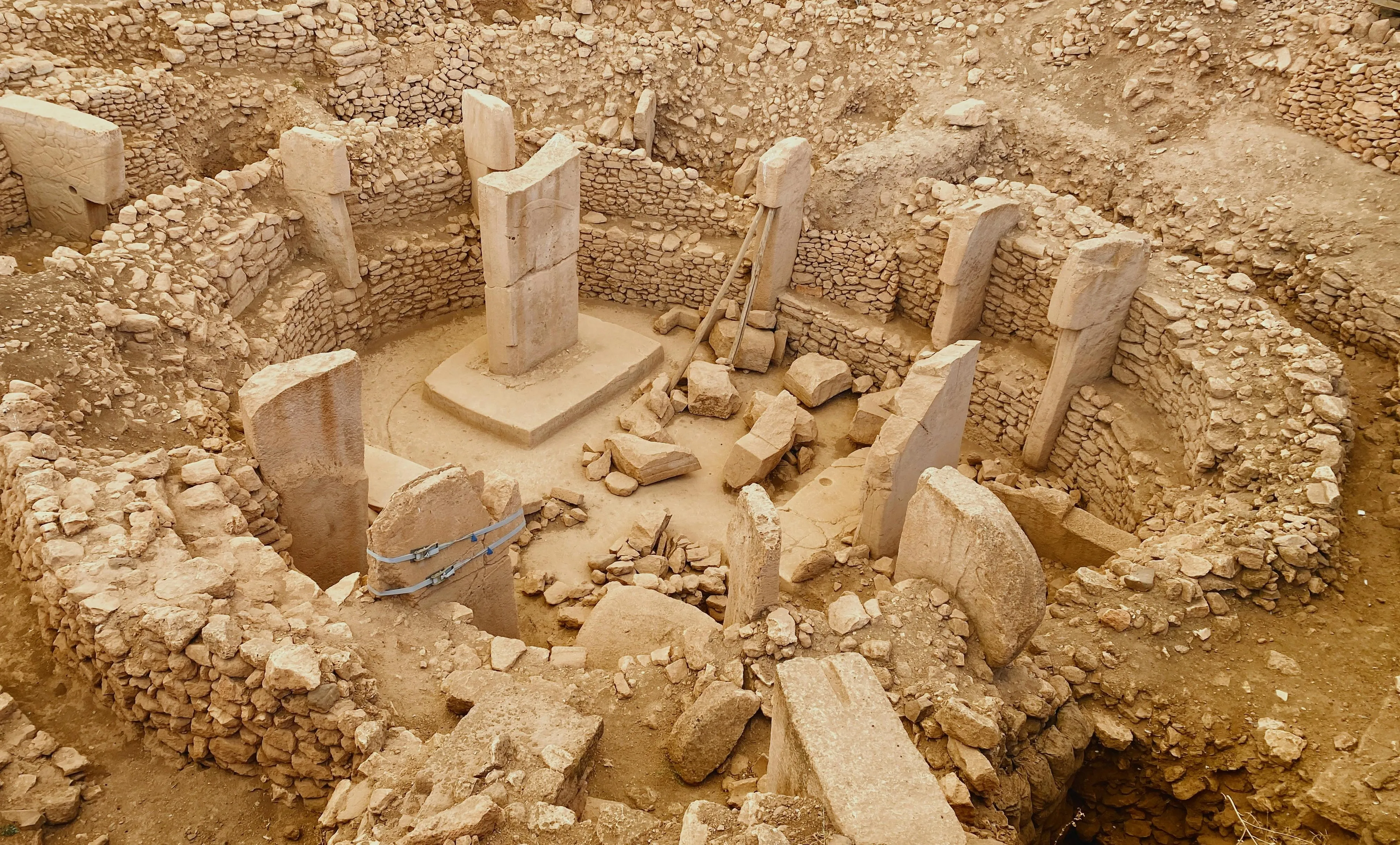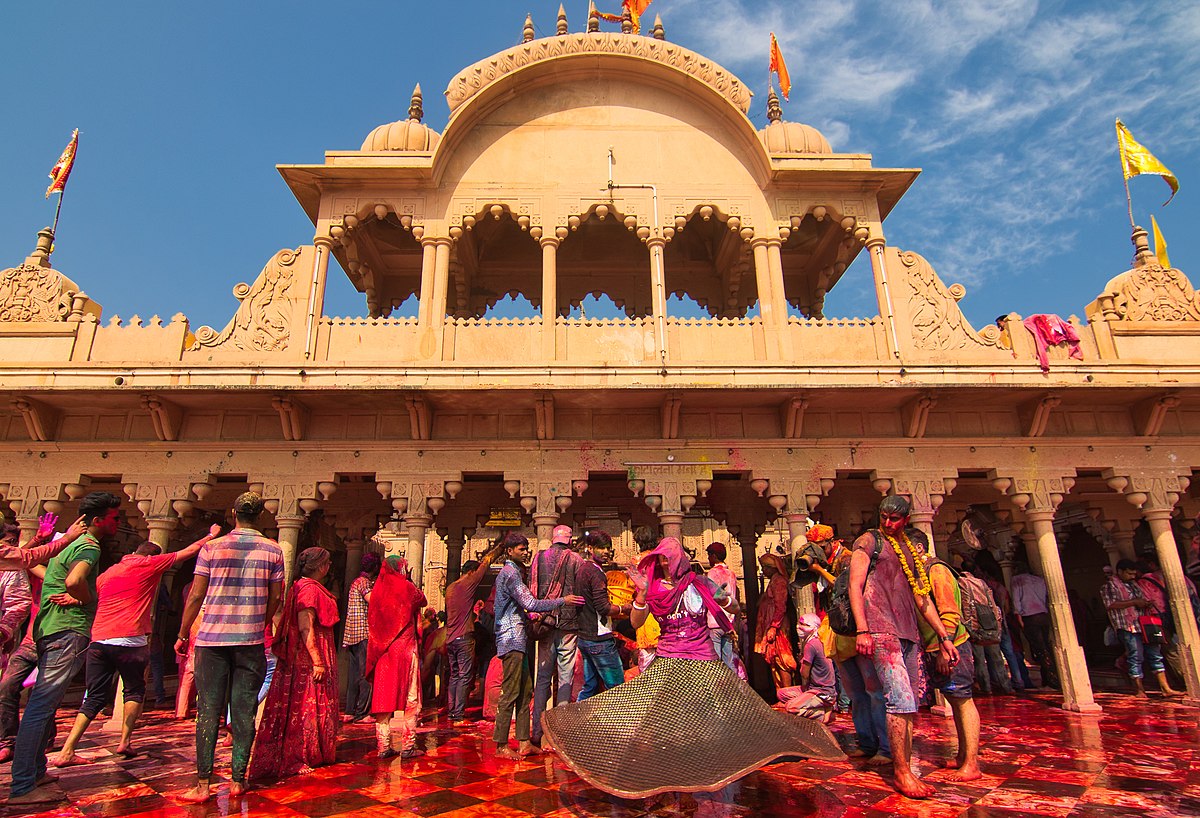Evolution of the Tricolor - Unraveling the Story of the Indian Flag

The Genesis of the Indian Flag
The Indian flag, a symbol of national pride and unity, has a rich and fascinating history. The journey of the tricolor began in the early 20th century, with several design evolutions leading to the modern flag we know today.
The First National Flag (1904)
The first national flag of India was designed in 1904 by Sister Nivedita, an Irish disciple of Swami Vivekananda. This flag featured a red background with a yellow crescent moon and the Vande Mataram slogan in Bengali script. Although it was not officially adopted, it marked the beginning of the Indian flag's evolution.
The Modern Flag's Design (1921)
However, the modern flag's design was created by Pingali Venkayya in 1921 and presented to Mahatma Gandhi. Venkayya, a freedom fighter and artist from Andhra Pradesh, designed a flag with three horizontal stripes of saffron, white, and green, with a blue chakra (wheel) in the center. This design was later refined and officially adopted as the national flag of India.
Symbolism and Meaning
The Colors of the Tricolor
The Indian flag's tricolor design is steeped in symbolism, with each color representing a vital aspect of the nation's values and principles. The saffron color, which occupies the topmost band, represents strength and courage, signifying the nation's resilience and bravery in the face of adversity.
The white middle band symbolizes peace and truth, reflecting India's commitment to non-violence and honesty. This color also represents the light that illuminates the path to knowledge and understanding.
The green bottom band represents faith and chivalry, highlighting the nation's unwavering dedication to its principles and values. Green also symbolizes growth, harmony, and the country's lush natural heritage.
The Ashoka Chakra: A Symbol of Dharma
At the heart of the Indian flag is the Ashoka Chakra, a 24-spoke wheel that represents the eternal wheel of law and the pursuit of dharma. This ancient symbol, derived from the edicts of Emperor Ashoka, embodies the principles of justice, morality, and righteousness.
The Ashoka Chakra serves as a reminder of the nation's duty to uphold the principles of dharma, ensuring that justice and morality prevail in all aspects of life. Its presence on the flag reinforces India's commitment to these timeless values.
Journey to the Present Form
Evolution of the Tricolor
The Indian flag, also known as the Tiranga, has a rich history that spans several decades. The flag underwent several changes before its present form was adopted on July 22, 1947. The Constituent Assembly played a significant role in finalizing the design.
Changes and Modifications
Before its present form, the flag went through several modifications. The first version of the flag was designed in 1906, with three horizontal stripes of red, yellow, and green, and the Vande Mataram slogan inscribed on it. In 1917, the flag was modified to include the Union Jack in the upper left corner, and in 1921, the tricolor design was adopted with the addition of the spinning wheel.
Constituent Assembly's Role
The Constituent Assembly, formed in 1946, played a crucial role in finalizing the design of the Indian flag. The Assembly's Advisory Committee on the Flag, chaired by Dr. Rajendra Prasad, considered several designs before selecting the current tricolor design.
Finalization and Adoption
On July 22, 1947, the Constituent Assembly adopted the present form of the Indian flag, with the tricolor design and the Ashoka Chakra in the center. The flag was officially unfurled on August 15, 1947, at the Red Fort in Delhi.
Protocol and Display
The Indian flag, a revered symbol of national pride, has a rich history and strict guidelines governing its display and usage. The Flag Code of India, 2002, outlines the rules and regulations for flying the tricolor.
The Flag Code of India, 2002
This code serves as a comprehensive guide for the display and usage of the national flag. It dictates the dimensions, materials, and occasions for flying the flag, ensuring uniformity and respect for the national emblem.
Display of the Flag
The flag is flown on government buildings, schools, and during national events, signifying its importance as a unifying symbol of the nation. The protocol for display includes:
- Government buildings: The flag is flown on all government buildings, including the Parliament House, Supreme Court, and government offices.
- Schools: Educational institutions fly the flag on their premises, instilling patriotism and national pride in students.
- National events: The flag is prominently displayed during national events, such as Independence Day, Republic Day, and other important celebrations.
Respect and Etiquette
The Indian flag is a symbol of national pride, and its display is governed by strict etiquette rules. These include:
- Hoisting the flag: The flag is hoisted briskly and lowered ceremoniously, signifying respect and dignity.
- Flag size and material: The flag's size and material are specified in the Flag Code to ensure uniformity and durability.
- Display with other flags: When displayed with other flags, the Indian flag takes precedence and is placed in the center or to the left.
By following the Flag Code and displaying the tricolor with respect and dignity, Indians demonstrate their patriotism and pride in their national heritage.
Legacy and Significance
The Indian Flag: A Symbol of Hope and Aspiration
The Indian flag, also known as the Tricolor, represents the hopes and aspirations of the people of India. It is a powerful symbol that embodies the nation's values, struggles, and achievements. The flag's design, with its three colors and the Ashoka Chakra, has a deep meaning that resonates with the country's rich history and cultural heritage.
Unity in Diversity
The Tricolor is a testament to India's unity in diversity. The three colors - saffron, white, and green - represent the country's diverse cultures, religions, and regions. The saffron color symbolizes courage and sacrifice, while the white color represents purity and truth. The green color stands for faith and chivalry. The Ashoka Chakra, with its 24 spokes, represents the eternal wheel of law and the country's commitment to justice and equality.
A Legacy of Struggle and Sacrifice
The Indian flag has a legacy of struggle and sacrifice. It was first designed in 1906 by Pingali Venkayya, a freedom fighter from Andhra Pradesh. The flag underwent several changes before its final design was adopted on July 22, 1947, just before India gained independence. The flag has been a witness to the country's journey from colonial rule to independence and has been a source of inspiration for generations of Indians.
A Symbol of National Pride
Today, the Indian flag is a symbol of national pride and identity. It is hoisted on government buildings, schools, and public institutions across the country. The flag is also a symbol of India's global presence, representing the country at international events and diplomatic missions. The Tricolor has become an iconic symbol of India's rich history, cultural heritage, and its people's aspirations for a better future.

















Comments ()